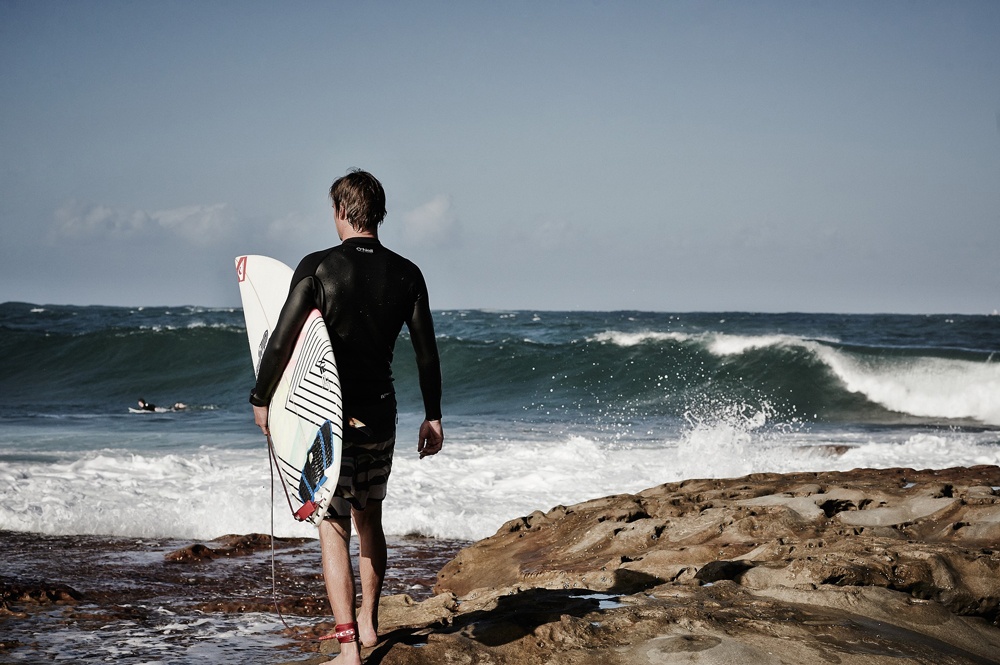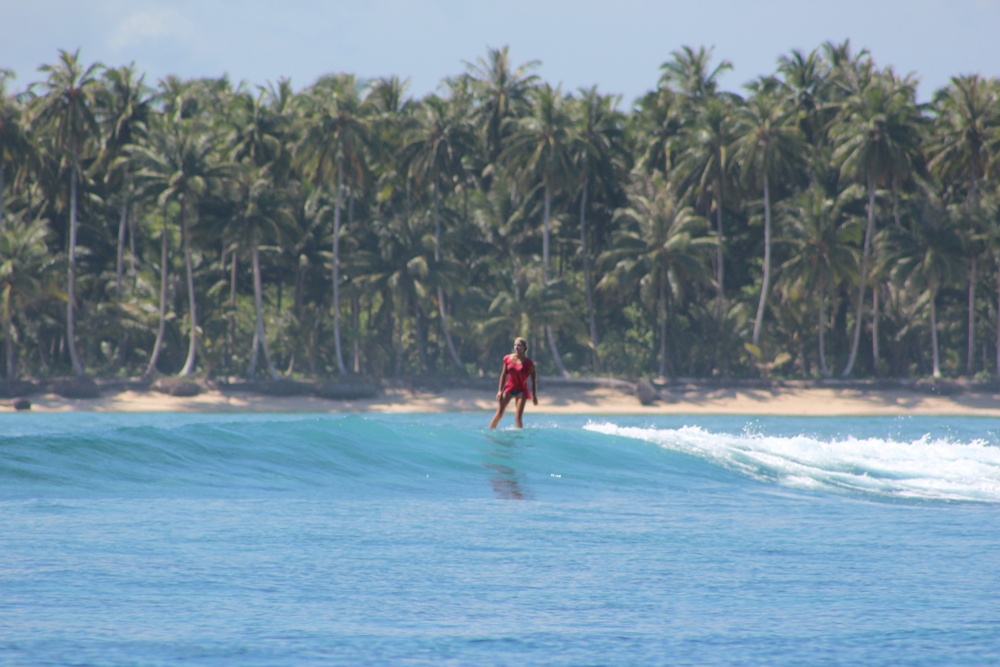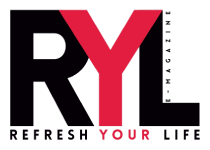WORDS: ANA VIDOSAVLJEVIĆ
For those who surf surfing is life. At least for most of us. Most of the surfers are ocean lovers, environmentalists and surfing for them is the metaphor of life. Every wave is different like every new day. There are easy ones, and perfect ones and challenging ones. Not every surf session is great. Not every day is great. But there are those waves once in a while which bring such a big smile on your face and you remember them long time. There are also moments in everyday life which become lifetime memories.
But let us start from the beginning. You have already tried surfing or you are keen on trying it and you want to learn this sport and become good in it. Great! But bear in mind, you can’t learn to surf in a weekend, and you will not be getting barreled within a few weeks. Learning to surf is a skill that must be acquired through much time spent on the sea. So let me try to help you!

You can definitely learn to surf on your own. It might take much longer than with an instructor/surfer friend but it is still possible. However, bear in mind the following:
- Choose the proper surfboard. No matter how cool it is to have a short board it is pretty hard to learn surfing on it. You need a thick and wide long board or Malibu (depends how big you are). You can progress faster on a longer board and as you progress you can slowly move to shorter and shorter boards. Short boards are wobbly and unstable and except you are super talented you will struggle handling them.
- Go to the surf spots with the small waves. When you start surfing for the very first time you need beginner friendly surf spots. Ask your friend surfers or, if you are travelling, locals you meet on the beach to recommend you this kind of surf spots. Preferably, surf beach breaks and sandy bottom surf breaks and avoid reef breaks and heavy point breaks. You need mellow, fat, easy waves and not powerful tubes. You don’t want to be smashed and end up with bruises and reef cuts. Therefore, choose a proper surf spot.
- Learn what rip currents are and how to deal with them. Rip currents are powerful currents heading from the shore back out to sea. They normally extend from the shoreline, through the surf zone and past the line of breaking waves. Rip currents can be found on many surf beaches every day. The strength and speed of a rip current will likely increase as wave height and wave period increase. They are most likely to be dangerous during high surf conditions as the wave height and wave period increase. If caught in a rip current remain calm, don’t panic, it wastes your energy. Don’t paddle directly against it, you will get exhausted. You need to paddle parallel to the shore where you see waves pushing in, to get out of a rip.

How to identify a rip current:
-a channel of choppy water and waves not fully breaking,
-an area with a different water colour, murky or dark green,
-a line of foam, seaweed, some objects moving towards the open sea.
- Respect locals and other surfers. Learn the surfing rules and surfing etiquette. However, bear in mind that surfing like everything in life has its darker side. There will be people yelling at you, dropping in on you, maybe even flattening your tires. Try to be calm if this happens. However, try to avoid the surf spots where mostly locals and good surfers are since you will probably be all the time on their way and that will definitely make some of them angry. And remember these three basic surfing rules:
-The surfer closest to the peak has priority.
If you are on the shoulder of the wave and someone else is deeper (closer to where the wave is starting to break), he/she has priority. Always look before you take off on the wave. Sometimes beginner surfers get into collision with another surfer simply because they don’t know this rule. Good surfers are not always tolerant so in order to prevent being yelled at or even being punched by someone else make sure you know, understand and respect this basic rule.
-When you are paddling back out it is your responsibility to stay out of the surfers’ way who are riding the waves.
That means you have to paddle wide of the take off area and then back into the take off position. You do not want be in anybody’s way. However, the surfer riding the wave also has to be the one to prevent the collision because they can turn to avoid you if they are already up and riding, but it will also mean that you are ruining their wave that they may have been waiting for. Anyway, they will not be happy. If this happens try to apologise, and paddle wide the next time.
-Don’t be a ‘snake’ or ‘wave hog’.
These terms refer to those surfers who are knowingly and constantly paddling around the surfers in order to gain right-of-way on a breaking wave that the other surfers were already paddling for. In other words, ‘snakes’ or ‘wave hogs’ catch a wave and then they immediately paddle back outside deeper than everyone else so they are again in position to have priority and keep doing this over and over. Remember sharing is caring! It is better to give a wave than always take a wave. You will have more friends than enemies in the water and you will be welcome in every surf spot.
These rules are not so much ‘rules’ as they are a proper code of conduct designed to keep everyone in the water safe and happy. Try to respect them and have fun in the water!

- Be patient. Learning to surf takes patience and sometimes beginner surfers get caught in a crazy rush to catch the first waves and conquer them. Adjust your expectations and have fun! Try not to pay too much attention to the other surfers ‘doing their thing’ and doing it their way because you are what you are and you might be better doing it your own way. However, learn from the surfers better than yourself. Just watching them you will learn a lot.
- Have fun! Don’t get discouraged easily and don’t expect too much in the early stage of your surfing life. It can be frustrating and often tiring. It takes time to get better and improve your surfing skills but the whole process of learning is an amazing experience. Try to have fun and enjoy it!
The easier way but probably more expensive (except if you have a surfer friend/boyfriend/girlfriend/cousin) is to pay a surf instructor to teach you and guide you or join a surf camp.
- Take a surf lesson. Few surfing lessons are probably enough. After that you can progress on your own. Without an initial lesson (or a helpful friend) you’re going to waste a lot of time figuring out the basics on you’re own – a recipe for frustration.
- You will feel safe and comfortable with a surf instructor. He will teach you basic techniques, wave knowledge, safety and surf etiquette. These topics can be covered in a few lessons while it will take much longer when you are learning on your own.
- Surf camps. The simple fact that everything is already organized and set up for you is the main advantage. You’ll have daily surf lessons with surf instructors that will give you feed back. You will be surrounded by the people who have the same goal – to learn to surf. You will probably meet some interesting people, make new friends. You will have a lot of other organized activities – yoga, pilates, snorkeling, diving etc. The main goal of a surf camp is to offer a unique experience to their customers – staying close to the waves. In most cases, the surf camp experience is much better than a luxurious stay in a five-star hotel.
And it is now up to you to decide which way to start your surfing life! And don’t forget all those things that make surfing so amazing and addictive: „being one with the ocean“ thing, getting to know the marine life in person and up close, relaxing between setts, enjoying the salty air, sunrises and sunsets, becoming a part of the wave and ocean. I can just add: enjoy sunny days, ocean and adrenaline rush!



